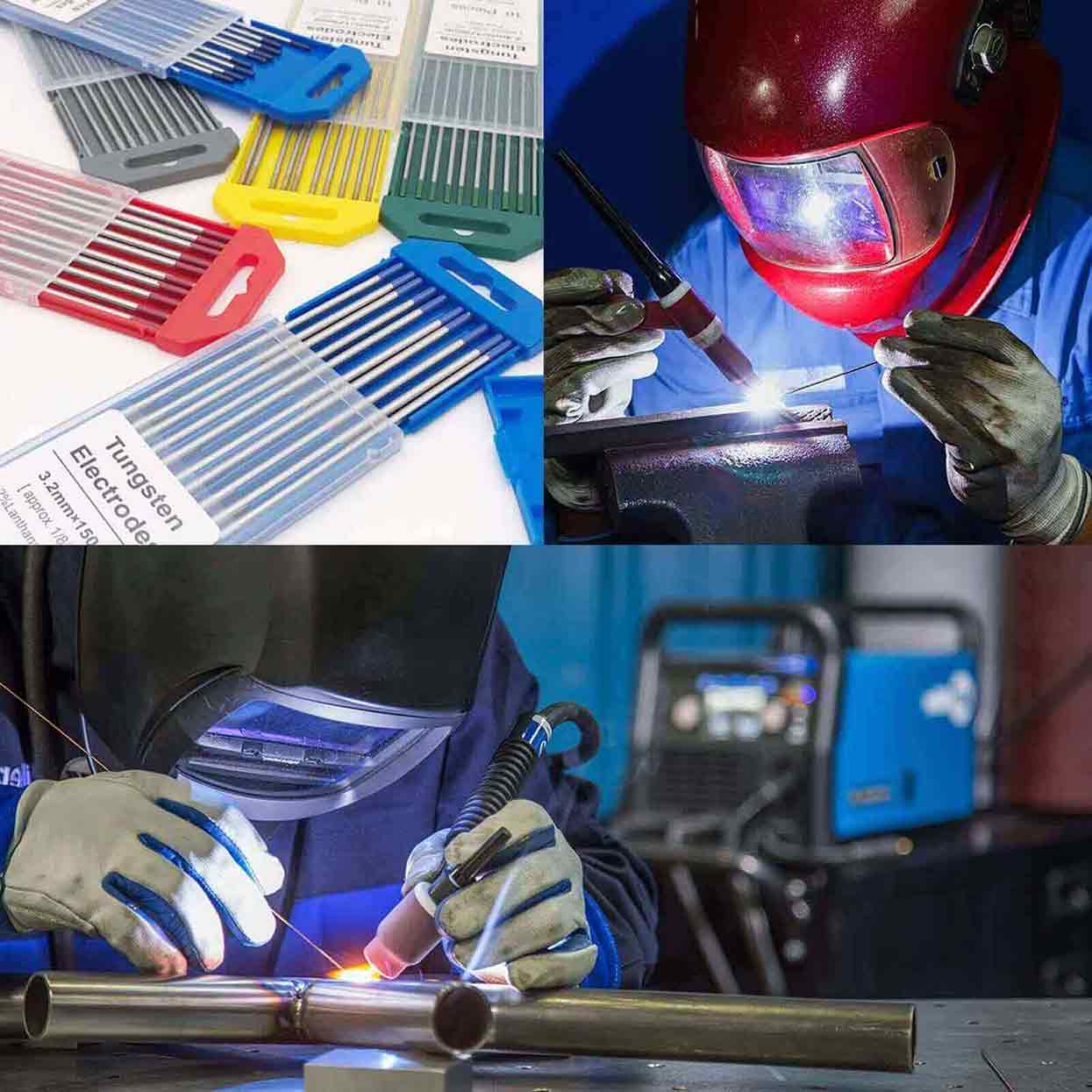Welding Wire Gas Selection
Introduction:
When it comes to welding, choosing the right welding wire gas is crucial for achieving high-quality welds. The selection of welding wire gas depends on several factors, including the type of metal being welded, the welding process, and the desired weld characteristics. In this article, we will discuss the importance of welding wire gas selection and provide some guidelines for making the right choice.

Factors to Consider:
- Type of Metal: Different metals require different shielding gases for optimal welding. For example, carbon steel typically uses a mixture of carbon dioxide (CO2) and argon (Ar), while stainless steel may require a mixture of argon and helium (He). It is essential to understand the specific gas requirements for the metal being welded.
- Welding Process: The welding process also plays a significant role in gas selection. Gas metal arc welding (GMAW), also known as MIG welding, commonly uses a mixture of CO2 and Ar. On the other hand, tungsten inert gas (TIG) welding often employs pure argon as the shielding gas. The welding process determines the type of gas that will provide the best results.
- Weld Characteristics: The desired weld characteristics, such as penetration, bead appearance, and spatter control, should be considered when selecting the welding wire gas. Some gases, such as helium, can increase the heat input and penetration, resulting in deeper welds. Others, like argon, provide better arc stability and control over spatter.
Guidelines for Welding Wire Gas Selection:
- Consult Welding Procedure Specifications (WPS): WPS provides detailed guidelines for welding different materials. It specifies the recommended welding wire gas for each application. Always refer to the WPS to ensure the correct gas selection.
- Consider Material Thickness: Thicker materials may require higher gas flow rates to ensure proper shielding. Thinner materials, on the other hand, may benefit from a mixture of gases to improve arc stability and weld bead appearance. Adjust the gas flow rate accordingly based on the material thickness.
- Experiment and Test: It is always a good practice to perform trial welds using different gas mixtures and parameters. This allows for the evaluation of the weld quality and characteristics. Keep detailed records of each trial to identify the most suitable gas for specific applications.
- Seek Expert Advice: If unsure about the welding wire gas selection, consult with welding experts, welding engineers, or gas suppliers. They can provide valuable insights and recommendations based on their experience and expertise.
Conclusion:
Selecting the right welding wire gas is crucial for achieving high-quality welds. Factors such as the type of metal, welding process, and desired weld characteristics should be considered when making the choice. By following guidelines, consulting WPS, experimenting, and seeking expert advice, welders can ensure the optimal gas selection for each welding application. Remember, the right gas can significantly impact the welding process, resulting in stronger, more reliable welds.

